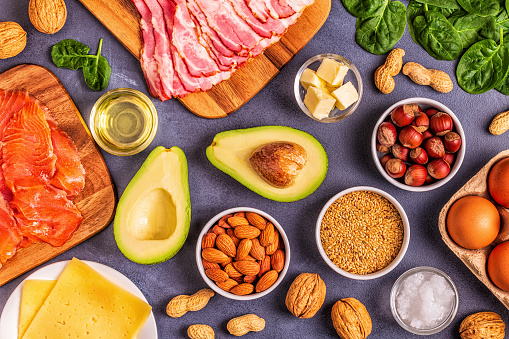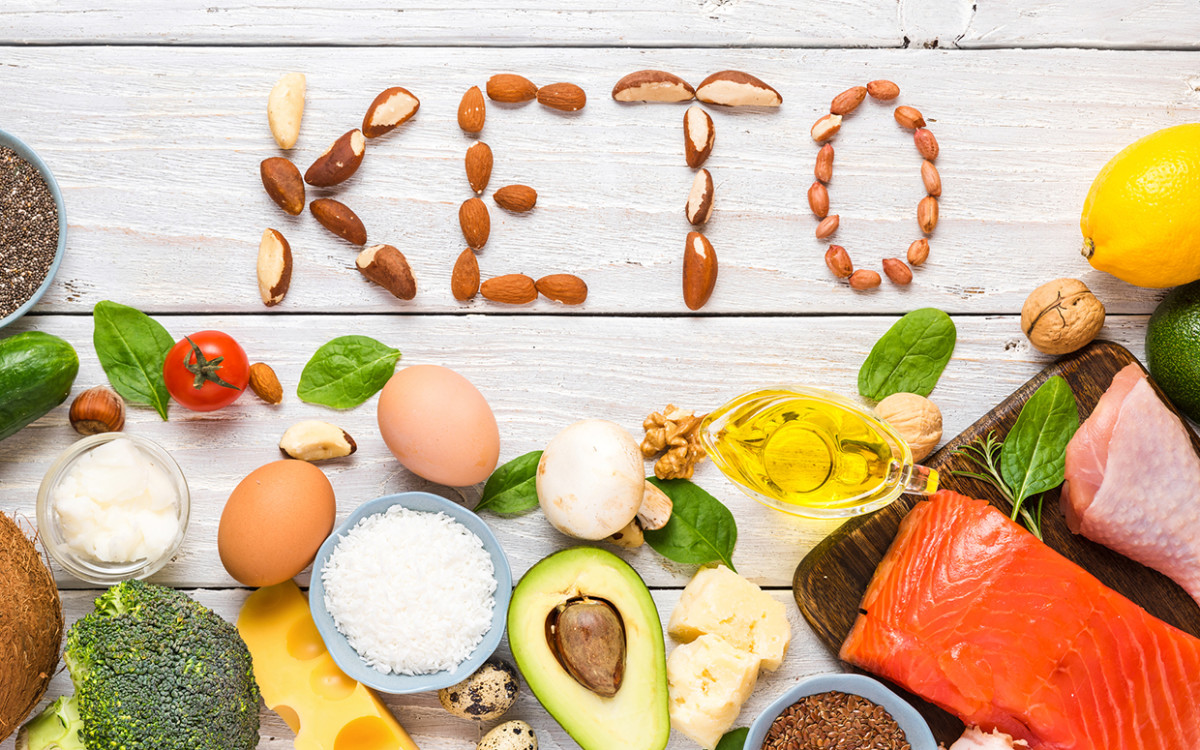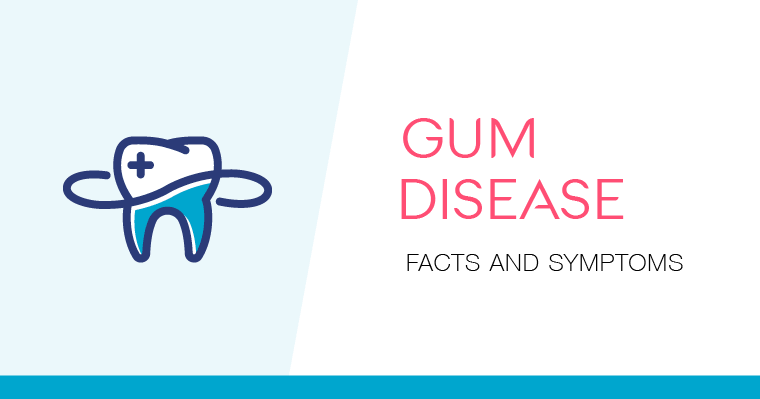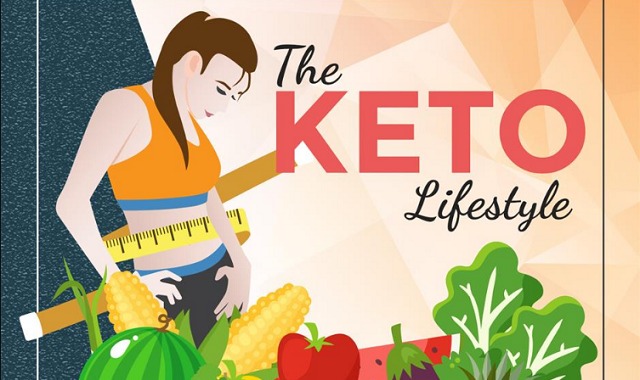Table of Contents
Toggle
If you’ve ever been on a low-carb diet, you have likely heard of the clean keto diet. This is a type of ketogenic diet that many people follow to lose weight and improve their health. But what exactly is clean keto? How do you know if you’re following it correctly? And why would someone choose this type of eating plan over other, more common diets?
Understanding the Basics of the Keto Diet
How the Body Enters Ketosis
The ketogenic diet, also known as the keto diet, is a low-carbohydrate, high-fat diet that has gained popularity for its potential health benefits. Its primary goal is to shift the body’s metabolism into a state called ketosis.
Explanation of the Ketogenic Diet and its Primary Goal
The ketogenic diet is a low-carbohydrate, high-fat diet that aims to shift the body’s metabolism into a state called ketosis. This dietary approach involves severely restricting carbohydrate intake, typically to less than 50 grams per day. By doing so, the body is forced to rely on fats for energy production, leading to potential weight loss and other health benefits.
The Role of Carbohydrates in the Ketogenic Diet
Carbohydrates play a crucial role in the ketogenic diet. Consuming too many carbohydrates can disrupt ketosis and hinder the body’s ability to burn fat for fuel. Therefore, it is important to limit carbohydrate intake and focus on consuming healthy fats and moderate amounts of protein. By reducing carbohydrates, the body is prompted to use fat as its primary source of energy, leading to ketosis.
How the Body Enters Ketosis
When following the keto diet, the body goes through several changes to enter ketosis. Initially, the body relies on its glycogen stores, which are stored carbohydrates, for energy. As these stores become depleted, the body starts to break down fat into molecules called ketones in the liver. Ketones are then used by the body, including the brain, as an alternative energy source. This metabolic shift is what distinguishes the ketogenic diet from other low-carbohydrate diets.
What is the Clean Keto Diet?
Definition and Principles of the Clean Keto Diet
A clean keto diet is a dietary approach that focuses on achieving ketosis while prioritizing nutrient-dense, whole foods. It emphasizes consuming high-quality fats, moderate protein, and low-carbohydrate foods, with an emphasis on organic and minimally processed options. By adhering to this approach, individuals can experience the numerous benefits of the ketogenic diet while maintaining a focus on overall health and well-being.
Distinguishing Factors from the Standard Ketogenic Diet
The clean keto diet differs from the standard ketogenic diet in several ways. While both diets aim to induce a state of ketosis, the clean keto diet places a stronger emphasis on food quality. Instead of relying heavily on processed and packaged foods, individuals following the clean keto approach choose unprocessed, organic, and sustainably sourced ingredients.
This includes consuming grass-fed meats, wild-caught fish, organic vegetables, and healthy fats like avocados, olive oil, and nuts. By prioritizing these clean, whole foods, individuals can optimize their nutrient intake and support their body’s overall health.
Benefits of Adopting a Clean Approach to Keto
There are numerous benefits to adopting a clean approach to keto. Firstly, it promotes better digestion and gut health due to the increased intake of fiber-rich vegetables and healthy fats. Additionally, the focus on nutrient-dense foods ensures an adequate intake of essential vitamins, minerals, and antioxidants, supporting overall immune function and reducing the risk of chronic diseases.
Moreover, the clean keto diet helps individuals maintain stable energy levels throughout the day, enhancing mental clarity and promoting sustained physical performance. By following a clean approach to keto, individuals can achieve their weight loss or health goals while nourishing their bodies with wholesome, high-quality foods.
The Importance of High-Quality Ingredients
Emphasizing the Significance of Sourcing Clean, Unprocessed Foods
Selecting ingredients that are clean and unprocessed is of utmost importance for our health and well-being. When we prioritize sourcing clean foods, we ensure that our bodies are not exposed to harmful substances such as pesticides, additives, and other toxins that can have detrimental effects on our health. By consciously choosing ingredients that are free from these contaminants, we take a proactive step towards safeguarding our well-being.
Identifying Key Elements to Consider When Selecting Ingredients
When it comes to selecting ingredients, several key elements should be considered. Firstly, freshness plays a vital role in maintaining the nutritional value of the food we consume. Fresh ingredients retain higher levels of essential nutrients, ensuring that our bodies receive the necessary vitamins, minerals, and antioxidants for optimal functioning. Additionally, understanding the sourcing practices behind our ingredients allows us to support local farmers, promote sustainability, and ensure ethical standards throughout the supply chain. By considering these elements, we can make informed choices that positively impact our health and the environment.
The Impact of Clean Ingredients on Overall Health and Wellbeing
The impact of clean ingredients on our overall health and well-being cannot be underestimated. By choosing unprocessed foods, we provide our bodies with the fuel they need to function optimally. Clean ingredients offer numerous health benefits, including improved digestion, increased energy levels, and enhanced mental clarity. Moreover, they play a crucial role in preventing chronic diseases such as obesity, diabetes, and cardiovascular issues. Incorporating high-quality ingredients into our diets also promotes better sleep patterns and supports healthy weight management, contributing to our overall well-being.
Navigating the World of Clean Keto-Friendly Proteins
Understanding the Role of Protein in the Clean Keto Diet
Protein is an essential macronutrient that plays a crucial role in the clean keto diet. It supports muscle growth and repair, aids in hormone production, and promotes satiety. By understanding the importance of protein, individuals can make informed choices when selecting their clean keto-friendly protein sources.
Identifying High-Quality, Clean Sources of Protein
When following a clean keto diet, it is essential to prioritize high-quality sources of protein. This includes opting for lean cuts of meat such as chicken, turkey, and fish, as well as pasture-raised eggs. By choosing these sources, individuals can ensure they are consuming protein that is free from unhealthy fats and additives that may hinder progress on the clean keto journey.
Incorporating a Variety of Protein Options into the Clean Keto Meal Plan
A well-rounded clean keto meal plan should incorporate a variety of protein options. This can be achieved by exploring different protein-rich foods and incorporating them into meals and snacks throughout the day. For example, individuals can enjoy a grilled chicken salad for lunch, a salmon fillet with roasted vegetables for dinner, and a handful of almonds as a protein-rich snack. By diversifying protein sources, individuals following a clean keto diet can ensure they are obtaining a range of nutrients and flavors while adhering to the principles of the diet.
The Power of Healthy Fats in Clean Keto
Exploring the Importance of Healthy Fats in the Clean Keto Diet
Incorporating healthy fats into the clean keto diet is essential for maintaining optimal health and well-being. By understanding the importance of these fats, we can make informed choices that support our body’s needs.
Differentiating Between Beneficial and Harmful Fats
When following the clean keto lifestyle, it is crucial to distinguish between beneficial and harmful fats. Harmful fats, such as trans fats and highly processed oils, can lead to inflammation and other health issues. On the other hand, beneficial fats, like those found in avocados, nuts, and seeds, are rich in monounsaturated and polyunsaturated fats that reduce bad cholesterol levels and promote heart health.
Sourcing Clean and High-Quality Fats for Optimal Health
To maximize the benefits of the clean keto diet, it is essential to source clean and high-quality fats. Opt for organic, grass-fed butter or ghee, cold-pressed extra virgin olive oil, and wild-caught fatty fish to ensure you obtain the highest quality fats. These sources not only provide necessary nutrients but also avoid exposure to harmful additives and chemicals.
Unlocking the Transformative Power of Healthy Fats
Incorporating healthy fats into the clean keto diet unleashes its transformative power. They serve as a concentrated source of energy, supporting mental clarity and focus throughout the day. Additionally, healthy fats aid in the absorption of fat-soluble vitamins, such as vitamins A, D, E, and K, contributing to a well-rounded and nourishing diet.
The Role of Vegetables and Fiber in Clean Keto
Highlighting the Significance of Vegetables and Fiber in the Clean Keto Diet
The significance of vegetables and fiber in the clean keto diet cannot be overstated. Incorporating a wide variety of vegetables into your meals ensures that you receive essential vitamins, minerals, and antioxidants necessary for overall health. These nutrient-dense foods promote optimal digestion, enhance immune function, and support healthy weight management.
Moreover, fiber plays a crucial role in maintaining a balanced gut microbiome, aiding in proper digestion and absorption of nutrients, and regulating blood sugar levels. By consuming ample amounts of fiber-rich vegetables, such as leafy greens, broccoli, and cauliflower, you can enhance satiety, promote regular bowel movements, and reduce the risk of chronic diseases like heart disease and diabetes. Including vegetables and fiber in the clean keto diet not only provides nourishment but also adds delicious flavors and textures to your meals, making the dietary journey both healthy and enjoyable.
Identifying Low-Carb Vegetables Suitable for Clean Keto
Incorporating low-carb vegetables into the clean keto plan allows individuals to enjoy a variety of flavors while staying within their carbohydrate limits. Leafy greens such as spinach, kale, and arugula are excellent choices, as they are not only low in carbs but also rich in vitamins and minerals. Cruciferous vegetables like broccoli, cauliflower, and Brussels sprouts are also low in carbs and offer added benefits like high fiber content and anti-inflammatory properties.
Strategies for Increasing Fiber Intake While on the Clean Keto Diet
To ensure an adequate intake of fiber while on the clean keto diet, it is important to incorporate fiber-rich foods. Chia seeds, flaxseeds, and almonds are excellent sources of fiber that can be easily included in meals or consumed as snacks. Additionally, avocados and coconut are keto-friendly sources of fiber that provide healthy fats as well. Another strategy for increasing fiber intake is to consume more non-starchy vegetables. These include zucchini, bell peppers, cucumber, and asparagus, which are low in carbs and high in fiber.
Practical Tips for Meal Planning and Preparation on the Clean Keto Diet
Strategies for Effective Meal Planning
When it comes to following the clean keto diet, effective meal planning is crucial. By establishing dedicated strategies, you can stay on track and make healthier choices. Allocate a specific time each week to plan your meals and create a comprehensive shopping list. This proactive approach ensures you have all the necessary ingredients on hand, eliminating the need for last-minute unhealthy food choices. Focus on incorporating nutrient-dense, low-carb options such as lean proteins, healthy fats, and non-starchy vegetables to support ketosis and overall well-being.
Tips for Efficient Meal Preparation and Batch Cooking
Efficient meal preparation and batch cooking are key factors in successfully maintaining a clean keto lifestyle. Designate a specific day each week for meal prep, during which you can cook larger quantities of food to be portioned out for multiple meals. This saves time during busy weekdays and reduces the temptation to resort to convenience foods. Utilize helpful kitchen tools like slow cookers or instant pots to streamline the cooking process even further.
Recommendations for Incorporating Variety and Flavor into Clean Keto Meals
Following a clean keto diet doesn’t mean sacrificing taste and variety. Experiment with different herbs, spices, and marinades to elevate simple ingredients into flavorful and satisfying dishes. Don’t hesitate to explore new recipes and try out various cooking techniques to keep your meals interesting and enjoyable. By incorporating a range of flavors, you can avoid monotony and ensure a diverse nutrient intake.
Addressing Potential Drawbacks and Limitations of Clean Keto
The clean keto diet has gained popularity for its potential benefits, such as weight loss and improved metabolic health. However, it is essential to acknowledge the potential drawbacks and considerations associated with this dietary approach.
Nutrient Deficiencies
One of the primary concerns is the restriction of carbohydrates, which can lead to a lack of essential nutrients, such as dietary fiber and certain vitamins and minerals. Additionally, adhering to a clean keto diet may require meticulous meal planning and monitoring to ensure an adequate intake of nutrients. This level of vigilance might be challenging for some individuals, leading to potential dietary imbalances or even nutrient deficiencies.
Pregnant Women
Pregnant women require an increased intake of certain nutrients like folic acid and iron, which are primarily found in carbohydrate-rich foods. Restricting carbohydrates during pregnancy without careful consideration may compromise the health and development of both the mother and the fetus.
Athletes
Similarly, athletes, especially those engaged in intense physical activities, rely on carbohydrates as their primary source of fuel. Limiting carbohydrate intake in this population may negatively impact their performance and recovery.
Importance of Consulting with Healthcare Professionals
It is crucial to emphasize the significance of consulting with healthcare professionals before embarking on a clean keto diet. They can provide personalized guidance based on an individual’s health history, goals, and dietary preferences. Healthcare professionals can also monitor the diet’s effects, address any potential nutrient deficiencies, and make necessary adjustments to optimize overall health.












